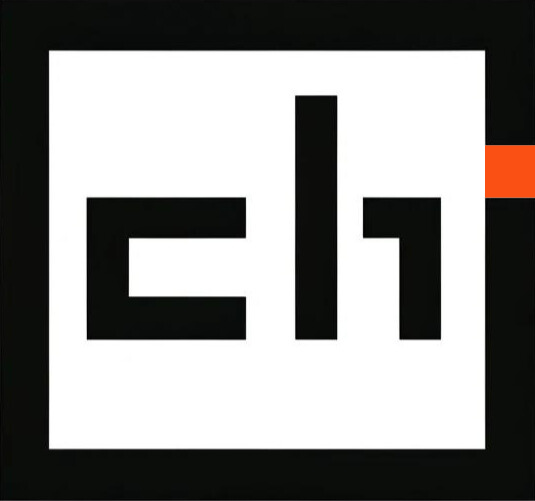By this stage, Facebook’s plan to bring internet to the whole world with a fleet of drones and lasers is pretty well documented: what’s a little vague has been the details, until now. Speaking at the Social Good Summit in New York, Yael Maguire, the engineering director at Facebook Connectivity Lab, spilled a few details. The ‘unmanned planes’ will be about the size of a 747, but far lighter, and solar-powered. In theory, that combination of huge wingspan will let the ‘planes’ fly more or less indefinitely, at high altitudes – 60,000 feet or more, in order to stay above the weather, and other aircraft.
Yael Maguire, engineering director at Facebook Connectivity Lab, doesn’t like to use the word “drones” when it comes to “beaming” Internet to the developing world. He prefers “planes.” But whatever you want to call them, Facebook and Internet.org are looking to the skies in order to get the last 15% of the world’s population, who aren’t connected, online. At the 2014Social Good Summit on Monday, Maguire gave more details on the Connectivity Lab’s plans, first revealed in March, in a conversation with Mashable CEO Pete Cashmore. “In order for us to fly these planes — unmanned planes that have to fly for months, or perhaps years at a time — we actually have to fly above the weather, above all airspace,” Maguire said. “That’s between 60,000 and 90,000 feet. Routinely, planes don’t fly there, and certainly not drones.” Beyond altitude constraints, the planes have to be solar-powered, since there’s no fuel that can allow the planes to fly for such long periods of time. The size of the planes will be “roughly the size of a commercial aircraft, like a 747,” but they have to be much lighter. One of the plane models the lab is working on is the length of “about six or seven Priuses, but is the weight of four of the tires of a Prius,” Maguire said.
